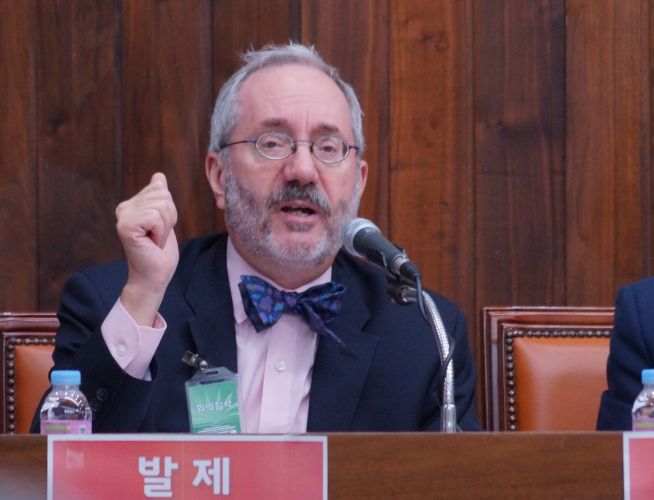Law
-
The Old Religious Disestablishment and the New Religious Establishment
All nations should be Christian. But how? The full article is here. Continue reading
-
The Old Bronze Age Mindset Meets the New “Christian Vitalism”
“Christian Vitalism” could easily become a new syncretism, the attempted fusion of biblical faith and pagan religion. Read the article here. Continue reading
-
God’s Children Aren’t for Sale
“𝑆𝑜𝑢𝑛𝑑 𝑜𝑓 𝐹𝑟𝑒𝑒𝑑𝑜𝑚 turns an unblinking and unfiltered camera into the abyss of the unregenerate human heart where even God’s common grace seems to grow faint.” Read the review here. Continue reading
-
Christianity Is Public
If Jesus isn’t Lord everywhere, he’ll eventually not be Lord anywhere. Read the article here. Continue reading
-
Leftist “Equity” Versus Biblical Equality
Any idea of equality that demands uniform results is an attack on God’s law; on individual liberty; and, if carried to its “equitable” conclusion, on reality itself. Read the article here. Continue reading
-
Marriage Is Not Christian
Reducing marriage to a Christian institution might seem pious, but it’s not God- or Bible-honoring. Read it here. Continue reading
-
ATF 2021R-08, “Factoring Criteria for Firearms With Attached ‘Stabilizing Braces,’” by Brian G. Mattson
Brian G. Mattson is a public theologian, Senior Scholar of Public Theology for the Center for Cultural Leadership, and adjunct professor at Westminster Theological Seminary. He holds a Ph.D. from the University of Aberdeen, has written several books, and lectures on theology and culture. I am an American citizen enthusiastic about the Bill of Rights,… Continue reading
-
“Diversity, Equity, and Inclusion” Isn’t
Today the CalPers board considered the widely implemented Diversity & Inclusion Report and Framework. CalPers is a massive agency for California employees, retirees and their families and manages the largest pension fund in the United States. I was asked by one of the CalPers members to address the board on this pressing issue. Here are my prepared remarks: My… Continue reading
-
The Degeneration into Political Soteriology
“This insurrection is sometimes called ‘conservative counter-revolution,’ but it never is. It claims to be restoring the moral order overturned by Leftists, but it is actually an attempt to reverse the new Leftist (dis)order after assimilating the revolutionary gains — and strategies — of Leftism. It is a variant of revolution whose eyes are hidden to… Continue reading
-
The 2020 Political Victory
“The 1619 Project and BLM are right — you must get rid of the United States as we’ve known it to produce ‘The Good [i.e., Godless] Society.’” Read the article here. Continue reading
-
The Political Pietism of John Piper
Likely no prominent evangelical exemplifies both the assets and liabilities of contemporary pietism more than Piper…. Read the entire post here. Continue reading
-
CCL November 7 Symposium
2020 Vision for a Blurry Year Topics: The upsides of a downside year Presidential election as chaos The political ideology of the COVID-19 drama Cultural Marxists in the streets The Supreme Court battle and the assault on Amy Coney Barrett Social justice goes to church — unmasked The wokeness of sports No screaming insults, no… Continue reading
-
COVID-19 and Legality: An Interview with Jeffery J. Ventrella

In light of the momentous and unprecedented political responses to the Coronavirus, we asked Jeffery J. Ventrella, J.D., Ph.D., Senior Counsel and Senior Vice President of Academic Affairs & Training for the Alliance Defending Freedom, if he’d consent to a Center for Cultural Leadership interview. He kindly agreed, and the interview is below: PAS: Thanks… Continue reading

